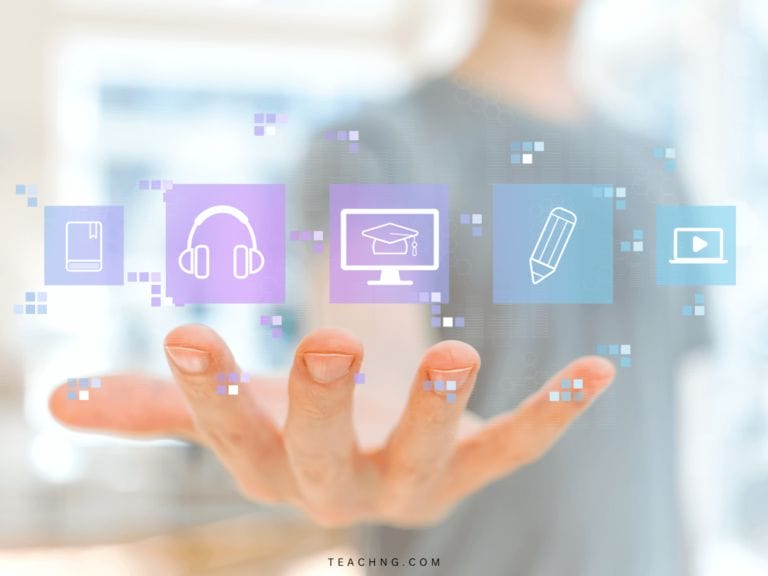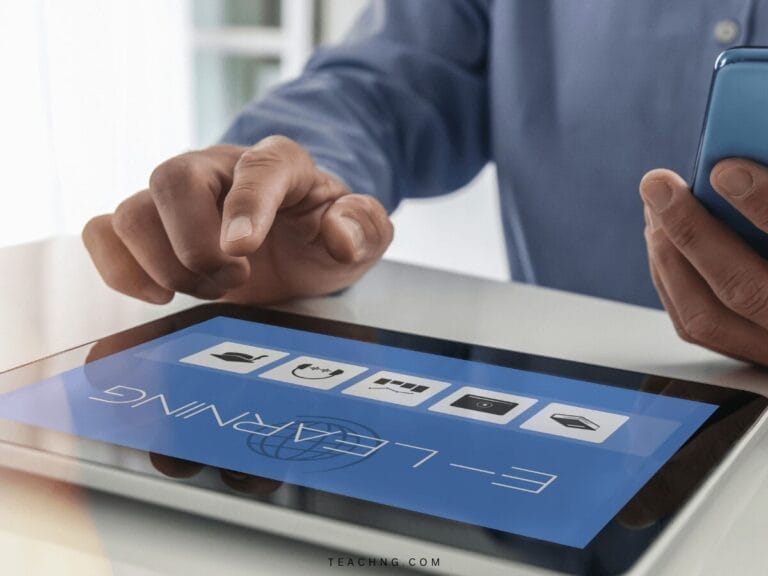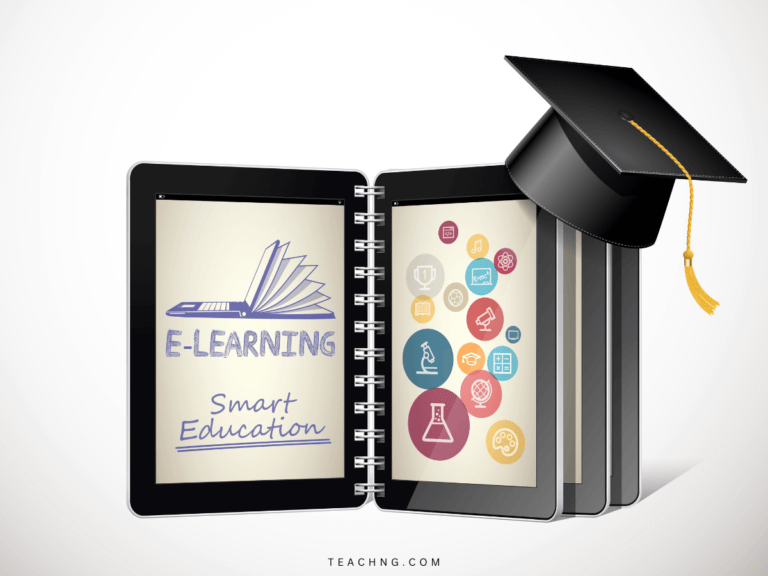Heard of the term “Microlearning”? Microlearning strategy is a fairly new learning approach that is gaining popularity as the attention span of learners are getting shorter than ever.
“Will you rather have a 1 hour long lesson, or a 15 minutes lesson?”
The answer is probably “it depends.”
Interestingly, as education is moving online into eLearning courses, type of learning strategy is fast evolving as well. Let’s take a look at what is exactly microlearning, and why you need to know it well.
KEY TAKEAWAYS
- Microlearning breaks down complex content into short, easy-to-digest modules, ideal for today’s learners with shorter attention spans.
- Hermann Ebbinghaus’s forgetting curve forms the basis of microlearning theory, emphasizing the importance of revisiting content to enhance knowledge retention.
- Microlearning benefits, includes time efficiency, higher engagement due to shorter, focused sessions, improved knowledge retention, mobile-friendliness, and personalized learning experiences.
- Microlearning may not be suitable for complex subjects or when learners struggle to connect isolated modules.
- Real-world applications of microlearning include employee onboarding, compliance training, and performance support.
Introduction to Microlearning Strategy
Microlearning breaks down complex pieces of contents into short and snappy, easily digestible units. These units, often referred to as microlearning modules, are designed to be consumed in about 3 to 5 minutes each.
In essence, microlearning have 2 simple characteristics:
- Microlearning offers learning content that are short enough keep learners engaged
- Microlearning content are long enough to deliver a simplified concept so that learners can easily understand grow in knowledge.
Unlike traditional lengthy courses like Macrolearning (which last an hour or more), microlearning provides learners with bite-sized pieces of information, tailored to their specific needs and schedules.
The concept of microlearning is rooted in the groundbreaking work of Hermann Ebbinghaus and his “forgetting curve.”
Microlearning Theory Based on The Forgetting Curve

Hermann Ebbinghaus, a pioneer in memory research, introduced the concept of the forgetting curve in the late 19th century.
Ebbinghaus found that people tend to forget a significant portion of what they’ve learned within a month.
- Immediate Recall: 100% Knowledge Retention
- 20 Minutes: 58.2% Knowledge Retention
- 1 Hour: 44.2% Knowledge Retention
- 9 Hours: 35.8% Knowledge Retention
- 24 Hours: 33.7% Knowledge Retention
- 48 Hours: 27.8% Knowledge Retention
- 6 Days: 25.4% Knowledge Retention
- 31 Days: 21.1% Knowledge Retention
However, he also identified the concept of “memory savings,” where relearning previously memorized information becomes more accessible, even after a considerable time lapse.
“Memory saving” can be achieved with microlearning that counteract the natural decline in memory retention. By breaking content into bite-sized pieces and revisiting it periodically, individuals can improve their knowledge retention and productivity.
Microlearning is like a memory booster you need, akin to a mental gym.

What is The Ideal Length of Microlearning Module?
The core idea behind microlearning is to provide learners with precise and targeted knowledge, making it easier to grasp and remember. The ideal length of each microlearning module should be 3to 5 minutes.
Here are some simple guidelines on the length of time for a good microlearning experience:
- Learning modules are typically brief <10 minutes.
- Learning modules can be as short as 1 minute long.
Microlearning approach aligns with the modern learner’s preference for quick, accessible, and engaging learning experiences.
(Have you noticed that it is the same time frame for a TikTok video or YouTube shorts?)
Key Benefits of Microlearning
Before we dive deeper, let’s highlight some of the key benefits of microlearning and why more educators are adopting microlearning to help their students reach their learning goals.
1. Time and Learning Efficiency
With our busy lives, finding time for extensive training can be challenging.
Microlearning fits perfectly into our schedules, allowing us to acquire new knowledge and skills without disrupting our daily routines.
2. Higher Engagement
The nature of microlearning offers short courses designed got learners with short attention spans.
Short, focused learning sessions are more likely to keep learners engaged, giving information they need in the shortest time possible.
Adding interactive elements like quizzes and short videos make the learning experience both enjoyable and effective.
3. Better Retention
Research shows that microlearning enhances knowledge retention by leveraging the power of “Memory Saving”.
Microlearning means that learners can revisit material as needed, reinforcing their understanding as and when they want or need.
4. On-The-Go and Mobile Learning
In today’s mobile-dominated world, microlearning’s mobile-friendly approach aligns perfectly with how we prefer to access information.
With just your mobile devices, you can learn anytime, anywhere, it’s learning on the go.
5. Personalized Learning Experience
Microlearning allows organizations to tailor content to individual learner needs. No more sifting through irrelevant information; learners can focus on what matters most to them.
Disadvantages of Microlearning
While microlearning is incredibly effective for many scenarios, it’s essential to acknowledge its limitations. Here are some situations where microlearning might not be the best approach:
- Complex Topics: For subjects that require in-depth study and a holistic view, microlearning may not provide the depth needed.
- Lack of Context: In some cases, learners may struggle to connect isolated microlearning modules into a comprehensive understanding.
Examples of Microlearning
To understand the concept of microlearning experience better, let’s explore some of the best examples of microlearning:
- Microlearning Videos: Short videos designed to convey specific learning outcomes.
- Microlearning Apps: Mobile apps that provide on-the-go micro-lessons.
- Short Quizzes: Interactive quizzes that test and reinforce knowledge.
- Infographics: Visual representations of information, making complex concepts easy to grasp.
- Micro-Challenges and Games: Learning experiences with scoring, awards, or incentives for participation.
- Microcopy: Context-specific messages or hints to assist users.
- Social Media Learning: Subscribed content on platforms like Twitter or LinkedIn that offer bite-sized insights.
These examples highlight the versatility of microlearning, making it suitable for a wide range of topics and industries.
Applications of Microlearning (Microlearning Examples)
Microlearning isn’t a one-size-fits-all solution but there are many real-world application for microlearning making it a great option.
Let’s step into the real world and see how microlearning is making a difference across various industries.
- Employee Onboarding: Provide new hires with bite-sized modules to ease their transition into the organization.
- Compliance Training: Ensure employees stay updated on regulations with short, focused compliance modules.
- Performance Support: Offer quick job aids and resources that employees can access at the point of need.
Bite-Sized Microlearning Best Practices
Now that we’ve seen the benefits and examples, let’s delve into the best practices for implementing microlearning successfully:
- Fit for Purpose: Determine if microlearning is suitable for the subject matter. Some complex topics may not be ideal for brief segments.
- Reuse Existing Content: Leverage existing training materials by reworking them into microlearning modules.
- Gamification: Use gamification techniques to enhance engagement and motivation. Incorporate elements like points, badges, and leaderboards.
- Interactive Assets: Incorporate short videos, quizzes, and interactive elements to make microlearning more engaging.
- Recurring Content: Include tools for learners to review what they’ve learned, reinforcing knowledge retention.
- Access Anytime, Anywhere: Ensure microlearning materials are accessible on various devices, including smartphones and tablets.
- Encourage Collaboration: Foster social and collaborative learning to engage employees and identify knowledge gaps.
Microlearning Tools and Microlearning Software
To implement microlearning efficiently, consider using a microlearning platform or authoring tool that allows interactive microlearning.
I’ve personally tried and tested dozens of such tools, you can check them out in my other articles if you are interested in evolving as an educator or edupreneur:
These tools allow you to create and deliver microlearning content seamlessly.
They often come with templates, interactive features, and analytics to track learner progress.
Embrace the Microlearning Revolution
Microlearning is more than just a trend; it’s a powerful tool for knowledge retention and skill development in today’s fast-paced world.
By breaking down content into bite-sized pieces and leveraging modern technology, organizations can empower their employees to learn efficiently, stay engaged, and continuously improve their skills.
Whether you’re onboarding new employees, ensuring compliance, or simply providing quick, effective training, microlearning is the way forward.
Start small, think big, and watch as microlearning transforms the way your learners acquire knowledge and skills.
How useful was this post?
Click on a star to rate it!
We are sorry that this post was not useful for you!
Let us improve this post!
Tell us how we can improve this post?





